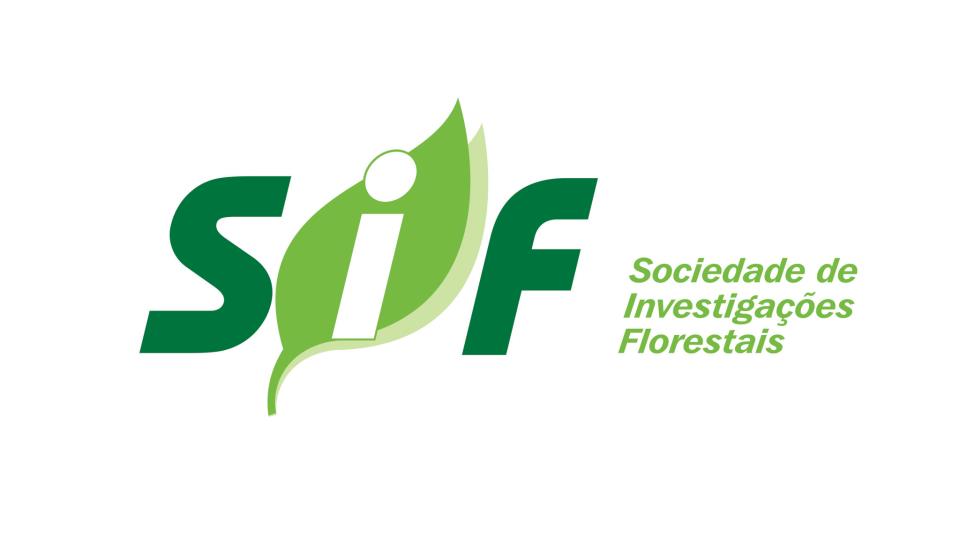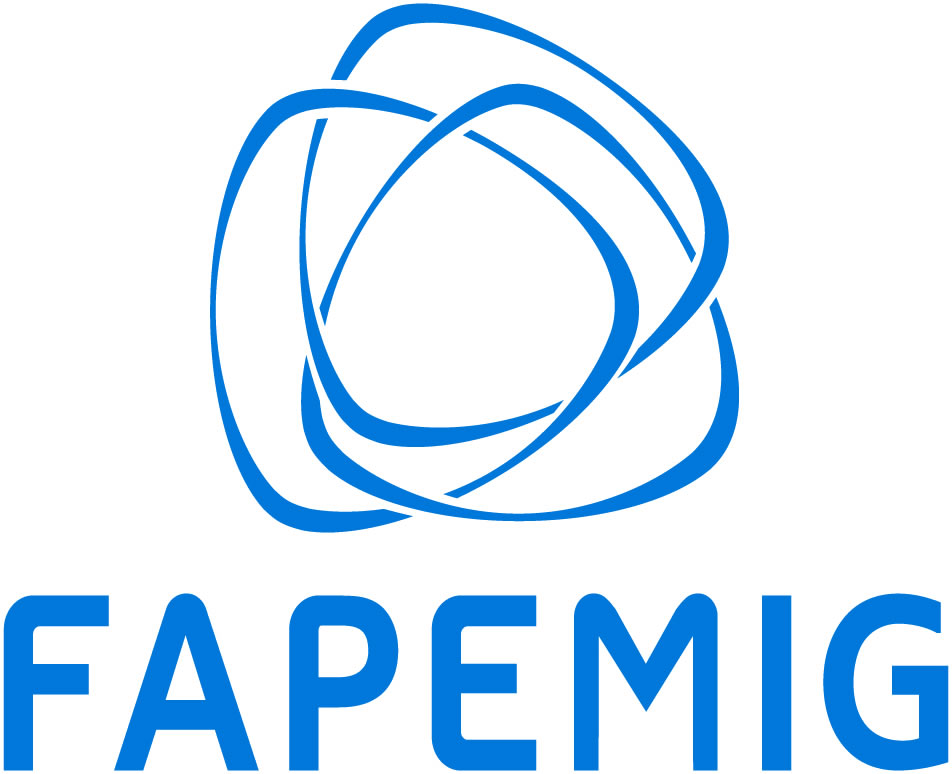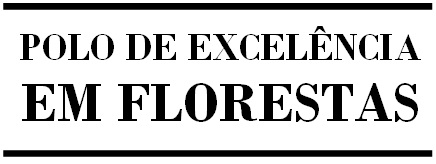Biblioteca Florestal
Digital
Digital
Comparação entre a meta-heurística simulated annealing e a programação linear inteira no agendamento da colheita florestal com restrições de adjacência

JavaScript is disabled for your browser. Some features of this site may not work without it.
| dc.contributor.author | Gomide, Lucas Rezende | |
| dc.contributor.author | Arce, Júlio Eduardo | |
| dc.contributor.author | Silva, Arinei Carlos Lindbeck da | |
| dc.date.accessioned | 2014-08-28T20:00:19Z | |
| dc.date.available | 2014-08-28T20:00:19Z | |
| dc.date.issued | 2013-04 | |
| dc.identifier.citation | GOMIDE, L. R.; ARCE, J. E.; SILVA, A. C. L. Comparação entre a meta-heurística simulated annealing e a programação linear inteira no agendamento da colheita florestal com restrições de adjacência. Ciência Florestal, Santa Maria, v. 23, n. 2, p. 449-460, abr./jun. 2013. | pt_BR |
| dc.identifier.issn | 0103-9954 | |
| dc.identifier.uri | http://www.bibliotecaflorestal.ufv.br/handle/123456789/10378 | |
| dc.description.abstract | Os impactos gerados na paisagem após a colheita florestal em reflorestamentos são visíveis, porém, o corte raso é um processo necessário para garantir uma produção sustentada e introduzir novas tecnologias. Uma alternativa de controle é utilizar restrições de adjacência nos modelos matemáticos. Assim, o objetivo do estudo foi avaliar a capacidade da meta-heurística SA na resolução de modelos matemáticos com restrições de adjacência do tipo URM, e observar sua ação com o aumento da complexidade do problema. O estudo foi conduzido em um projeto florestal contendo 52 talhões, sendo criados 8 cenários, onde o modelo I de Johnson e Scheurmann (1977) foi usado como referência. A restrição de adjacência do tipo URM foi usada para controlar o corte de talhões adjacentes. Os modelos foram resolvidos pela PLI e meta-heurística SA, no qual foi processada 100 vezes/cenário. Os resultados mostraram que o cenário 8 consumiu 137.530 segundos via PLI, gastando um tempo de 2.023,09 vezes a mais que o tempo médio de processamento da meta- heurística SA (67,98 segundos). As melhores soluções ficaram 4,71 % (cenário 1) a 11,40 % (cenário 8) distante do ótimo (PLI). A meta-heurística SA é capaz de resolver o problema florestal, atendendo às metas na maioria das vezes. O aumento da complexidade produz um maior desvio em relação ao ótimo. Conclui- se que a meta-heurística SA não deve ser processada uma única vez, pois há riscos de se obter soluções inferiores, caso seja feita, deve-se aumentar o tempo de parada. | pt_BR |
| dc.description.abstract | The impacts on the landscape after forest harvesting in reforestation are visible, but the cutting is a necessary process to ensure a sustained yield and introduce new technologies. An alternative of control is to use the adjacency constraints in the mathematical models. Thus, the aim of the study was to assess the ability of the metaheuristic SA to solve mathematical models with adjacency constraints type URM, and to check its action with the increasing of the problem complexity. The study was conducted in a forest project containing 52 stands, and created 8 scenarios, where the Johnson and Scheurmann (1977) model I was used as reference. The adjacency constraint type URM was used to control the cutting of adjacent stands. The models were solved by the ILP and metaheuristic SA, which was sued 100 times per scenario. The results showed that the scenario 8 has consumed 137,530 seconds via PLI, which represented 2,023.09 times more than the average time processing of the SA metaheuristic (67.98 seconds). The best solutions were 4.71 % (scenario 1) to 11.40 % (scenario 8) far from the optimal (ILP). The metaheuristic SA is capable to solve the forest problem, meeting the targets in the most cases. The increasing of complexity produced a higher deviation from the optimal. Concludes that the metaheuristic SA should not be processed a single time, because there are hazards in obtain inferior solutions, but doing it is recommended to increase the stop criterion. | pt_BR |
| dc.format | 12 páginas | pt_BR |
| dc.language.iso | pt_BR | pt_BR |
| dc.publisher | Universidade Federal de Santa Maria | pt_BR |
| dc.relation.ispartofseries | Ciência Florestal:v.23,n.2; | |
| dc.subject.classification | Ciências Florestais::Manejo florestal | pt_BR |
| dc.subject.classification | Ciências Florestais::Silvicultura::Florestamento e reflorestamento | pt_BR |
| dc.title | Comparação entre a meta-heurística simulated annealing e a programação linear inteira no agendamento da colheita florestal com restrições de adjacência | pt_BR |
| dc.title | Comparison the metaheuristic simulated annealing and integer linear programming for solving the forest harvest scheduling with adjacency constraints | pt_BR |
| dc.type | Artigo | pt_BR |
Arquivos deste item
| Arquivos | Tamanho | Formato | Visualização | |
|---|---|---|---|---|
| Ciência_Florestal_v23_n2_p449-460_2013.pdf | 878.5Kb |

|
Visualizar/ |
|





